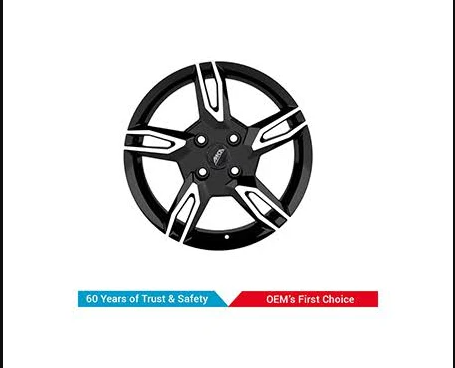Step-by-Step: Building a Ride-Hailing App Like Uber for Beginners
Introduction:
Building a ride-hailing app like Uber may seem like a daunting task, but with the right approach and guidance, even beginners can embark on this journey successfully. In this blog, we’ll provide a step-by-step guide to help beginners navigate the process of building their own ride-hailing app.
Conduct Market Research:
Before diving into development, it’s crucial to conduct thorough market research to understand the competitive landscape, target audience demographics, and industry trends. Analyze existing ride-hailing apps, identify their strengths and weaknesses, and pinpoint opportunities for differentiation.
Conducting thorough market research is essential for building a successful ride-hailing app like Uber. Dive deeper into competitor analysis, studying their pricing strategies, user acquisition tactics, and customer feedback. Explore emerging trends in the transportation industry, such as the adoption of electric vehicles, micro-mobility solutions, and autonomous driving technology. Additionally, gain insights into local regulations and licensing requirements governing ride-hailing services in your target markets. Understanding the competitive landscape, consumer preferences, and industry dynamics will inform your app development strategy, helping you identify opportunities for differentiation and market positioning to ensure the success of your ride-hailing app venture.
Define Your Unique Value Proposition:
Based on your market research, define your app’s unique value proposition. What sets your ride-hailing app apart from existing competitors? Whether it’s offering innovative features, superior customer service, or targeted marketing strategies, clearly articulating your value proposition will guide your app development process.
Defining your unique value proposition is critical for differentiating your ride-hailing app from competitors. Consider what sets your app apart and resonates with your target audience. This could include offering innovative features such as personalized ride recommendations, seamless integration with public transit options, or prioritizing safety and security measures. Emphasize how your app addresses pain points and delivers tangible benefits to users, whether it’s convenience, reliability, cost-effectiveness, or environmental sustainability. Crafting a compelling value proposition will not only attract users but also foster loyalty and retention in the competitive ride-hailing market.
Plan Your App Features:
Outline the core features and functionalities of your ride-hailing app. This may include user registration and authentication, location-based ride booking, real-time tracking, secure payment processing, driver matching algorithms, and rating and review systems. Prioritize essential features for the initial development phase and plan for future iterations.
Choose the Right Technology Stack:
Selecting the right technology stack is crucial for building a robust and scalable ride-hailing app. Consider factors such as platform compatibility (iOS, Android, or cross-platform), backend infrastructure, database management, API integrations, and development frameworks. Leverage proven technologies and frameworks to streamline the development process.
Design Your User Interface (UI) and User Experience (UX):
Invest in designing a user-friendly and intuitive UI/UX for your ride-hailing app. Create wireframes and mockups to visualize the app’s layout, navigation flow, and visual elements. Focus on simplicity, consistency, and accessibility to enhance user satisfaction and retention. Conduct usability testing to gather feedback and iterate on your designs.
Develop Your App:
With your app’s features, technology stack, and UI/UX designs in place, it’s time to start development. Collaborate with experienced developers or development teams to bring your vision to life. Follow agile development practices, break down the project into manageable tasks, and prioritize iterative development and testing. Understanding how to make app like Uber involves meticulous planning, execution, and collaboration to ensure the successful realization of your ride-hailing app concept.
Test and Iterate:
Thorough testing is essential to ensure the reliability, performance, and security of your ride-hailing app. Conduct functional testing, usability testing, performance testing, and security testing to identify and address any bugs or issues. Gather user feedback through beta testing and iterate on your app based on user input.
Launch and Market Your App:
Once your ride-hailing app is fully developed and tested, it’s time to launch it to the market. Prepare a comprehensive marketing strategy to generate buzz, attract users, and acquire drivers. Leverage digital marketing channels, social media platforms, influencer partnerships, and app store optimization (ASO) techniques to promote your app effectively.
Conclusion:
Building a ride-hailing app like Uber requires careful planning, strategic execution, and a focus on user experience. By following these step-by-step guidelines, beginners can embark on their app development journey with confidence and create a successful ride-hailing app that meets the needs of both passengers and drivers. With dedication, perseverance, and a commitment to quality, building a ride-hailing app like Uber can be a rewarding and fulfilling endeavor.










